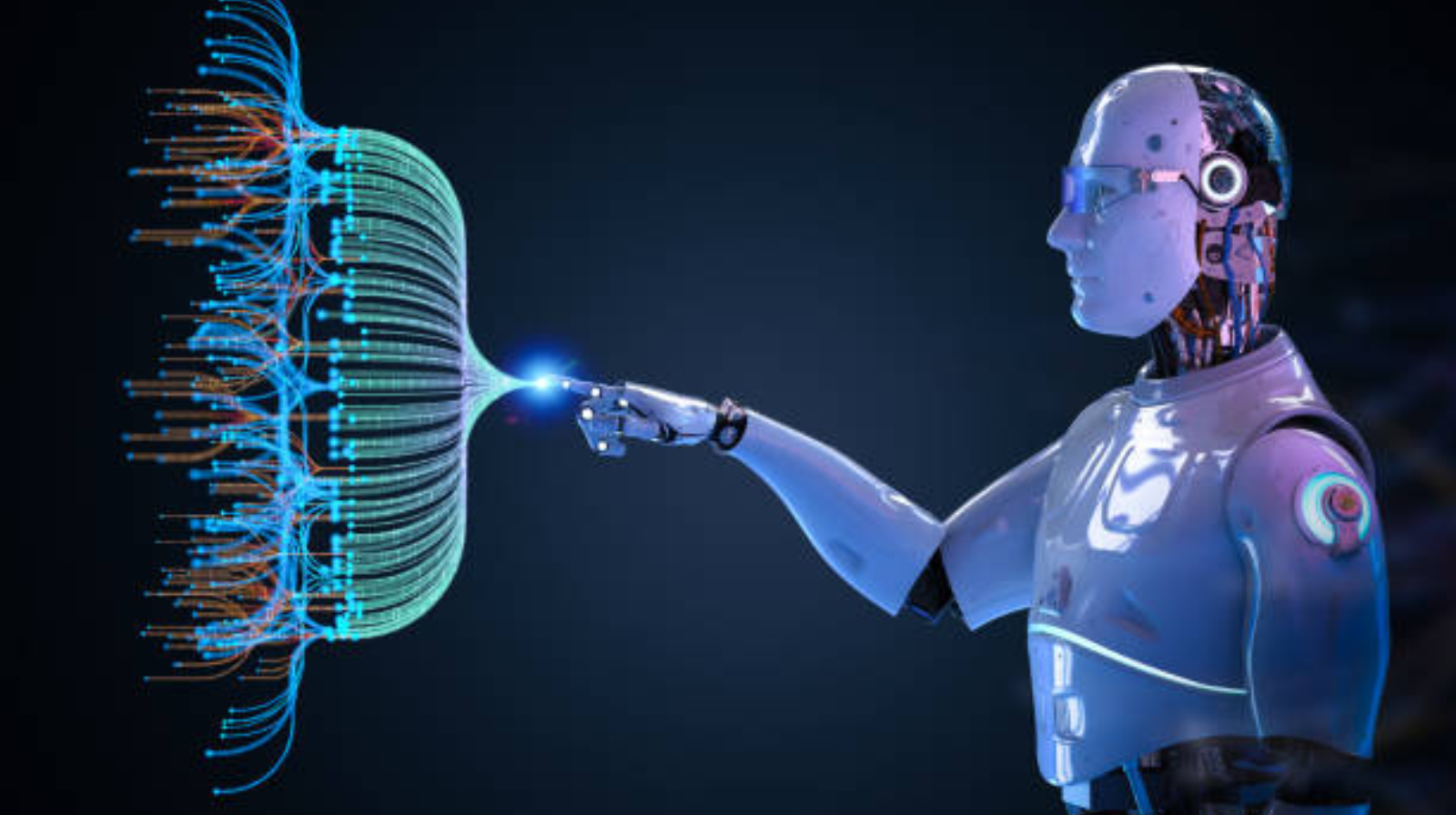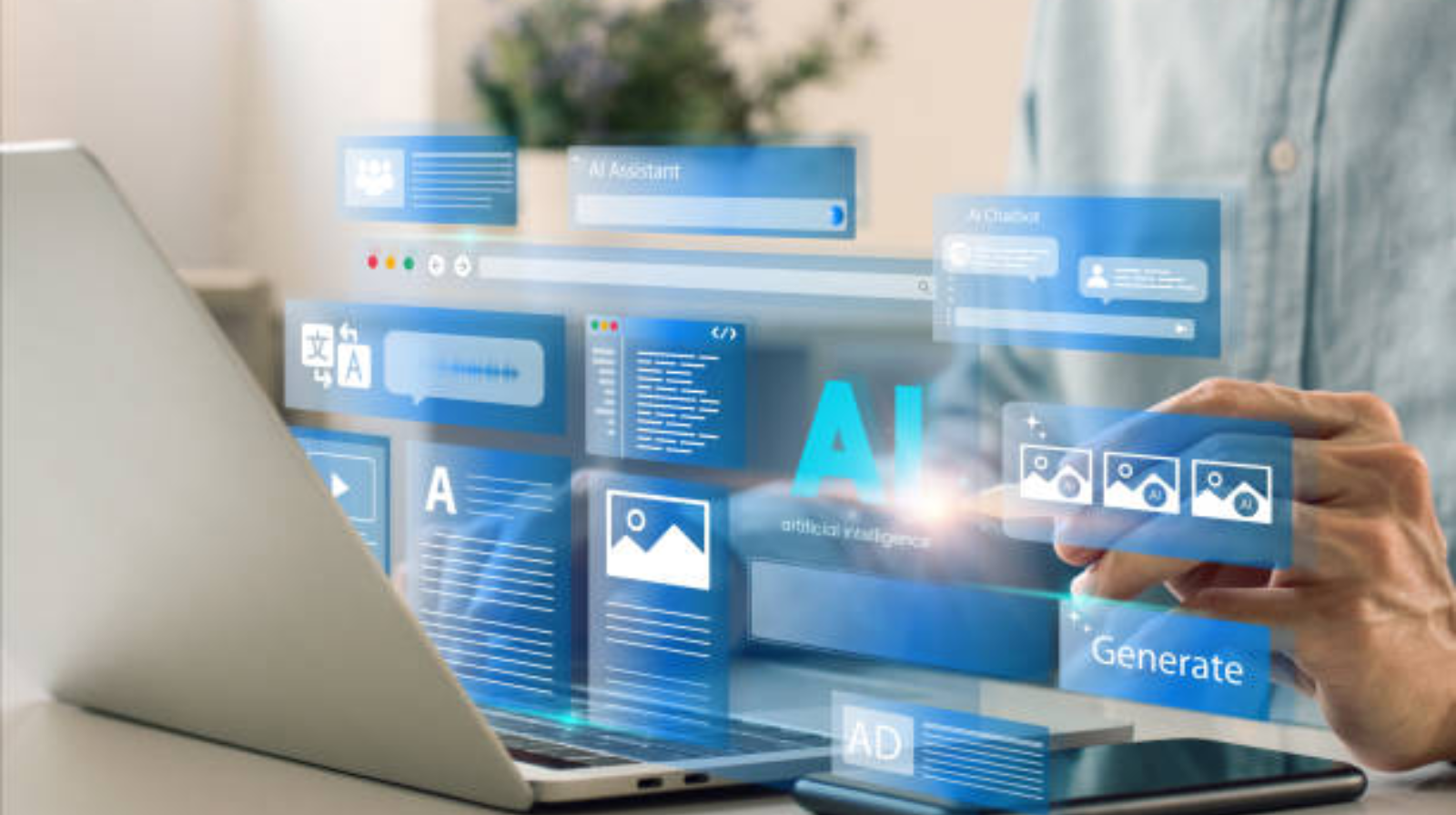
Artificial Intelligence (AI) is no longer a futuristic idea in U.S. healthcare; it is a revolutionary bringing change to how hospitals, clinics and pharmaceutical companies do business. Predictive analytics and virtual health assistants are only a handful of the ways AI is demonstrating its value both in terms of clinical outcomes and financial returns. By 2025, the United States healthcare providers are enjoying tangible ROI due to AI-based solutions that simplify the processes, improve diagnostics and personalize patient care.
Improved diagnostic accuracy is one of the most prominent methods of AI to provide ROI. Older diagnosis procedures may be time-consuming and vulnerable to human error. With astounding accuracy, AI algorithms, which have been trained on millions of medical images, can identify abnormalities like tumors, fractures or even the emergence of a disease.
The U.S. hospitals are radiology departments that are utilizing imaging systems based on AI to analyze X-rays, MRIs and CT scans more quickly and more precisely than ever. This not only lessens the workload of the radiologists, but also aids in detection of conditions at an earlier stage and reduces the treatment costs enormously. Each timely diagnosis at the initial stage spares time and thousands of dollars of the medical costs of the future.
In the U.S., hospital readmissions are a significant financial burden in terms of healthcare. Predictive analytics is an AI-powered technology that can be used to cut these costs by identifying high-risk patients before they need readmission.
Using the information about the patient, including medical history, laboratory results, and lifestyle, the AI systems are able to predict the risk of complications or relapse. It can then be followed up with early intervention by targeted care plans and follow-ups or telehealth check-ins by hospitals. Such a proactive solution is not only enhancing patient outcomes but also leading to a significant ROI due to a reduction in readmission fines, as well as a reduction in care-related costs.
Pharmaceutical research is also being revolutionized by AI that saves time and money involved in bringing a new drug to market. A traditional drug development may require more than a decade and billions of dollars to develop. Nevertheless, AI algorithms have the capability to replicate the manner in which compounds act on the human body, which side effects to be expected, and even whether it will work, all before a drug being put into clinical trials.
Biotech companies in the U.S. are using AI to develop vaccines faster, discover cancer cures, and precision medicine. The economic payoff is massive; AI-based drug discovery reduces the R&D expenses by as much as 60 percent, providing companies with a competitive advantage and ensuring that patients can access new therapies sooner.
The cost of administration takes up much of the health care budget. Billing, appointment scheduling and insurance claims are known to consume massive teams and manual input. These back-office processes are now being automated with the help of AI automation technologies, such as natural language processing (NLP) and robotic process automation (RPA).
To mention a few, AI will be able to check insurance details, claim forms, and address billing mistakes within a few seconds. By redirecting the workforce towards treating patients instead of paperwork, millions of dollars are being saved by hospitals every year. The returns on investment in this case are lower labor expenses, accelerating turnover, and a greater level of organizational efficiency.
Virtual assistants, or AI-based ones, are now an indispensable component of patient engagement strategies. Even the mental health support with the help of chatbots and voice-based systems is managed by them, booking appointments, checking symptoms, and taking medication.
American healthcare institutions are also incorporating such tools on their websites and applications to provide 24/7 communication with patients. This decreases the stress of the call centers and gives the patients immediate feedback. The savings are high, and the level of patient satisfaction has also risen because of faster access to care and support.
The fact that AI can handle large amounts of data also enables physicians to create individualized courses of treatment depending on the genetic makeup, lifestyle, and reaction of each patient to the prior treatment procedures. The accuracy of the medicine treatment also presumes that prescribing is more efficient and minimizes the trial and error method of prescribing, which is not only expensive but time-consuming as well.
The example is that AI can assist the oncologists in determining the most effective combination of treatments to be applied to a cancer patient, according to genetic markers. The targeted therapy is also able to not only enhance the survival of the patient but also reduce the resources wasted in the treatment of inefficient drugs- it is a direct route to cost-effectiveness.
Wearables and distant checking gadgets powered by AI have revolutionized care delivery outside the hospital. Smartwatches and biosensors, among others, constantly monitor health information, such as heart rate, oxygen and glucose levels, and transmit it to AI algorithms that identify anomalies in real-time.
These insights help healthcare providers to intervene to prevent emergencies before they happen so that hospitalization can be minimized and chronic diseases can be better managed. This practice will reduce the cost of healthcare and enhance its long-term outcomes, producing significant ROI for both providers and insurers.
Another reason AI can be useful in hospitals is to overcome the shortage of staff, which is a significant problem in the sphere of U.S. healthcare. Artificial intelligence predictive models are able to determine staffing requirements, plan staff operations, and even predict high patient inflows.
This minimizes burnout, minimizes the cost of overtime, and the patients are provided with quality care in time. The result? An increased workforce balance, increase in the staff retention rate and overall improved performance of operations.
Deceitful insurance claims and billing abnormalities are also being detected through AI. Through financial data analysis, AI can raise red flags on different suspicious activities that may not be identified by human auditors.
Because of the improvements in terms of millions saved annually, hospitals and insurance companies are saving money on fraud-related losses. These savings have a direct positive impact on ROI and help to make healthcare operations more transparent.
Although the opportunities of AI in the healthcare sector of the United States cannot be ignored, the long-term ROI is determined by sustained use. Hospitals need not only to invest in AI software but also to integrate data, train staff and produce ethical supervision.
AI is not intended to take the place of doctors, it is supposed to give them more power. With the increase in the number of healthcare systems implementing AI, the future is the industry when data-driven insights and human expertise will be used in tandem to provide improved care and quantifiable financial benefits.
AI is redefining the business and care models of U.S. healthcare. From diagnostics and drug discovery to predictive analytics and automation, every use case proves one thing AI does not just save lives; it saves money. The healthcare organizations that embrace this transformation today are already seeing higher efficiency, better patient outcomes and significant ROI.
As 2025 unfolds, AI will continue to be the most valuable investment for American healthcare leaders who seek to build smarter, faster and more patient-centered systems.

Explore how AI is transforming U.S. industries through automation, generative tools, ethical governance, and innovation shaping America’s digital future.

Discover how AI and machine learning in supply chain and logistics are transforming U.S. businesses through automation, predictive analytics and real-time optimization.

AI is transforming U.S. app development. American firms use tools like ChatGPT and GitHub Copilot to empower developers without replacing human creativity.

Discover how AI is transforming U.S. manufacturing. Learn which sectors from automotive to aerospace and pharmaceuticals are leading the AI revolution in 2025.

In 2025, U.S. hospitals use AI to spot sick patients early, cut repeat visits and make care faster, safer and easier for doctors and patients.